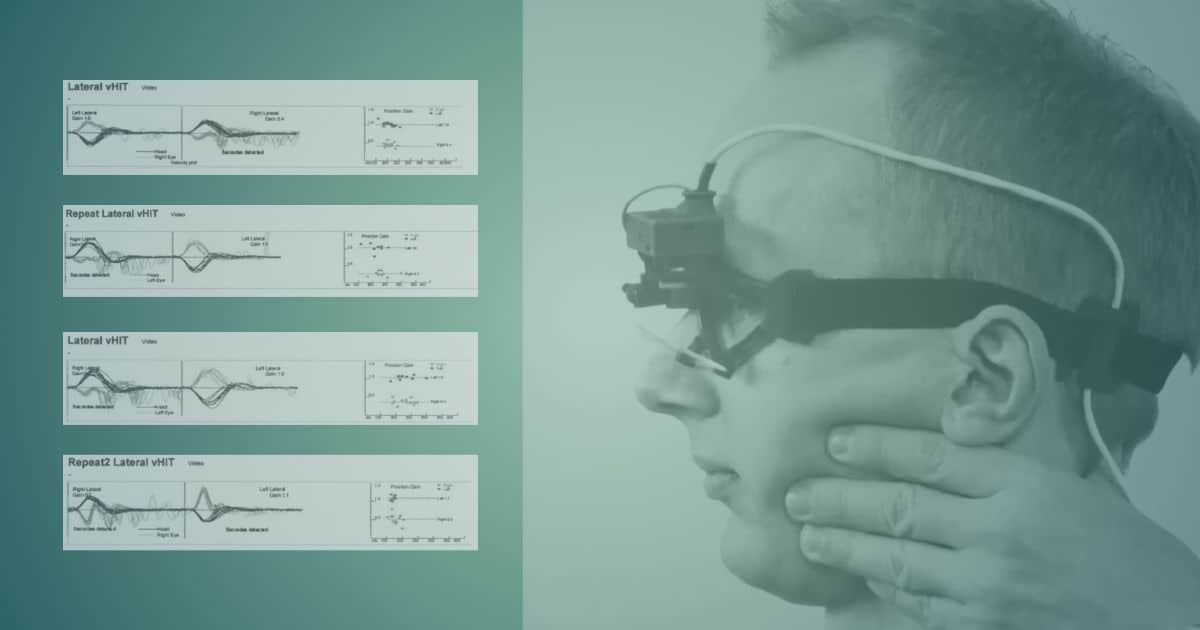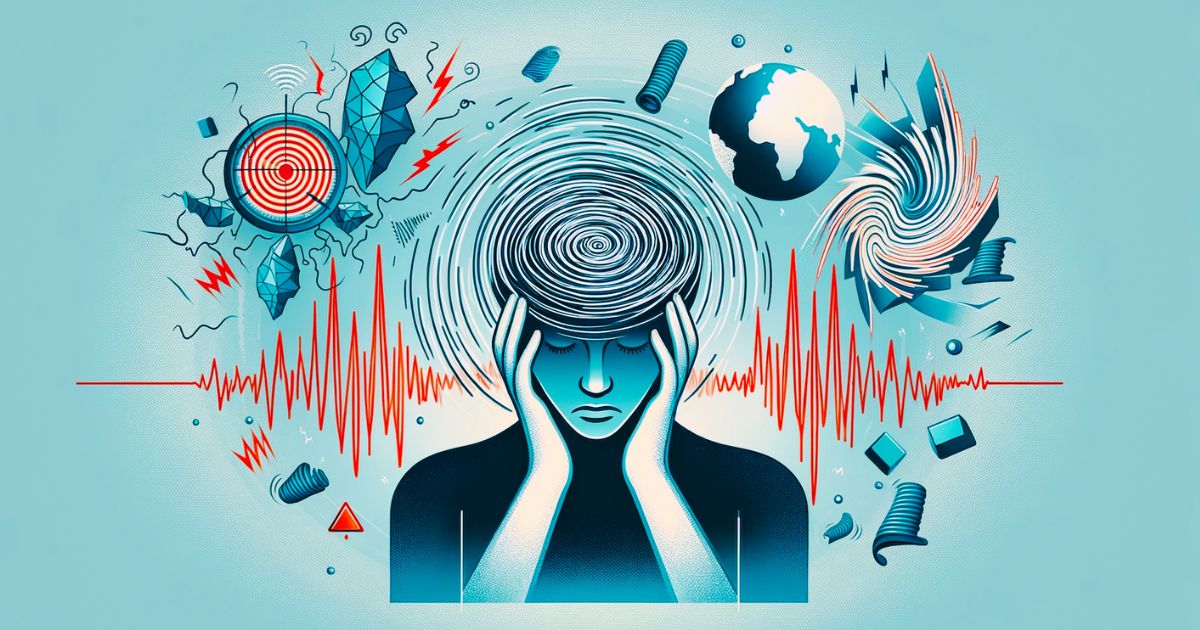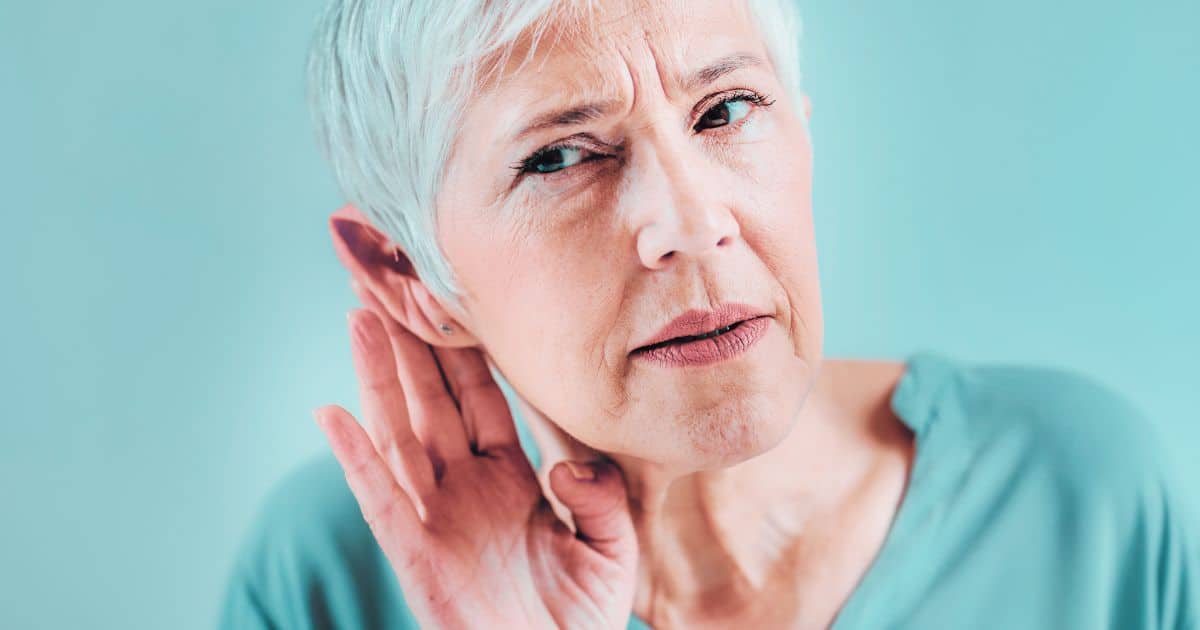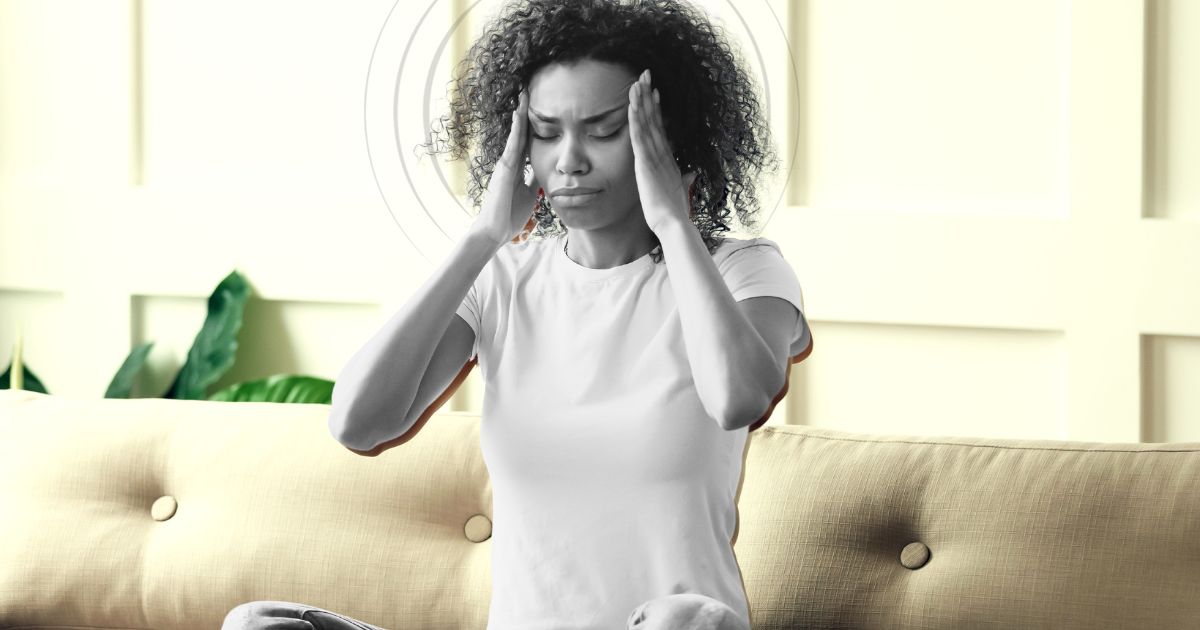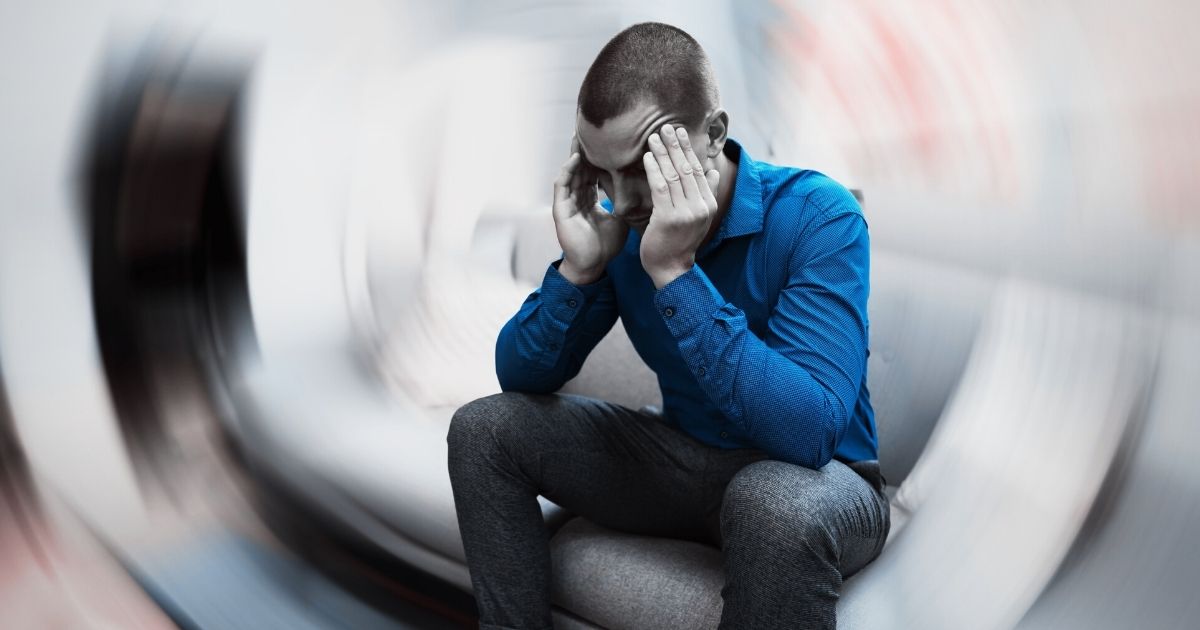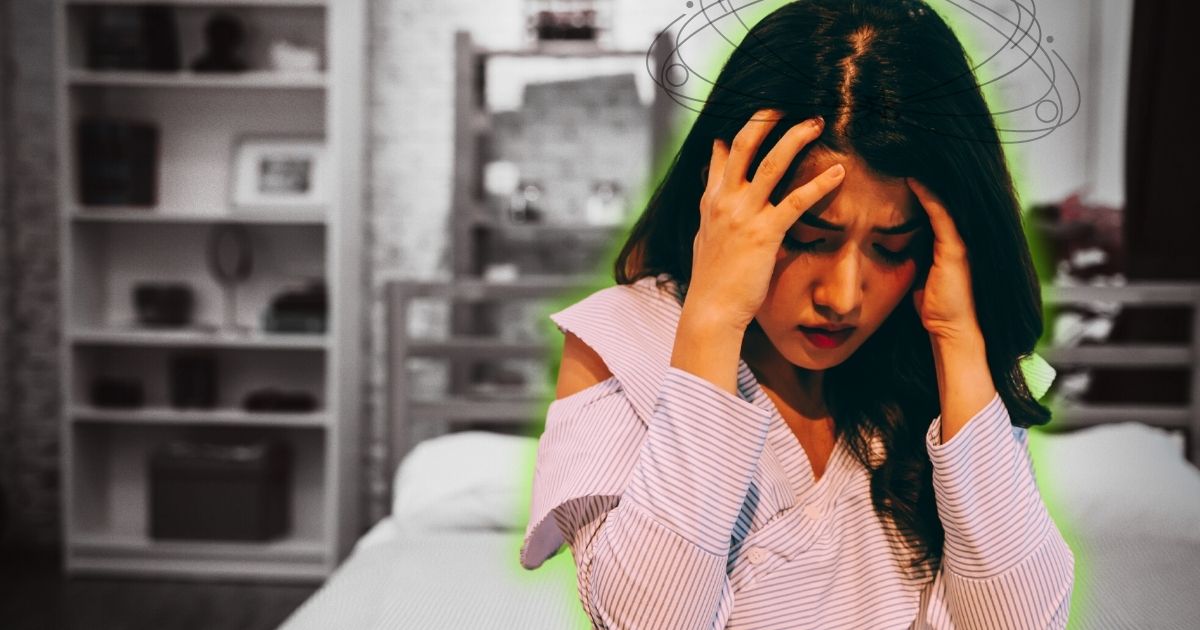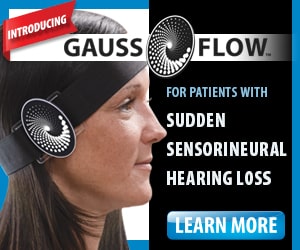Oct. 15, 2024
Most vestibular disorders cannot be diagnosed by testing alone. With the exception of BPPV, patient’s test findings must be placed in context with the medical history and symptoms. Some common disorders, such as vestibular migraine, suffer from no diagnostic tests, and diagnosis is primarily based on patient report of symptoms. Financial pressures which affect both generalists and specialists alike, have





